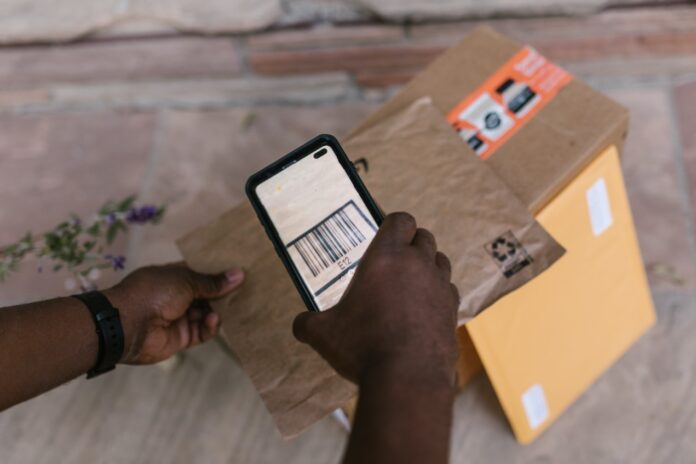Learning how to set up a barcode system isn’t as hard as it sounds.
With barcodes, your business streamlines its inventory management and elements of logistics. This means more time doing money-making activities. It’s an all-around great investment that adds to your bottom line.
How can your business get started with a barcode system? Keep reading!
Barcode Systems: The Core Components
There are two major components to set up a barcode system:
- Barcode software
- Barcode hardware
The barcode software is an inventory system at its core. In this system, you can print/scan, track, report, count, and everything else to manage your stock.
The hardware includes a couple of items:
- Label printer
- Barcode labels
- Barcode scanner
The actual barcode has core components, too.
There are several barcode types and each uses different standards. You’ll want to think about the formatting to ensure it’s structured for ease of access, but there are numerous resources online offering anything from a free barcode generator to a barcode reader, so you will certainly find something suitable. Check industry examples for inspiration of how you could structure the barcode format.
How to Set Up a Barcode System
There are two typical types of barcodes you’ll use:
- 1D – Vertical black lines (the type you see on just about all packaging)
- 2D – Geometric shapes inside a square (like what you find in QR codes)
A 1D barcode system is the simplest to implement because it’s tried and true. You have plenty of resources for this barcode type. Plus, it offers a more universal choice since you likely have some familiarity with a UPC.
Now you have a big choice:
- DIY
- All-in-Ones
You can DIY barcode inventory management with a bit of technical finesse. After all, what’s needed is the barcode, a database, and a form of input.
- Create an excel database listing your product inventory
- Use the “generate barcode c#” maker
- Connect the barcode to your product SKUs or UPC
- Add your barcodes to product labeling and inventory locations
- Buy a wireless scanner and start recording your stock
Alternatively:
You could buy or subscribe to an all-in-one barcode system. These platforms offer the barcode software and robust support to get set up. Some professional barcode software is also bundled with essential hardware.
Tips for Using Barcodes in Your Business
Scaling is the toughest part of implementing a barcode system. An inventory of 100 is a chore but when you start offering 10,000 products? That’s a tough job!
What are some little ways to maximize the new barcode system?
- Placement — Find a common place you’ll include the barcode on product packaging or on inventory shelving
- Standardization — Go with a barcode type that’s well supported in your industry; use one you can get easy resources for
- Unity — Get everyone on board with using them so there isn’t conflicting inventory report and data overlaps
It may take time to adjust but soon you’ll see a barcode system’s full benefits!
Streamlining Your Business Operations
So there you have it…
…you just learned how to set up a barcode system for your business.
Adding barcodes for inventory management offers unbeatable benefits vs unstructured systems. They’re also surprisingly easy to implement as you saw in this guide!
What else can you do to streamline your business operations? Be sure to check out more of our business guides!
Find a Home-Based Business to Start-Up >>> Hundreds of Business Listings.














































